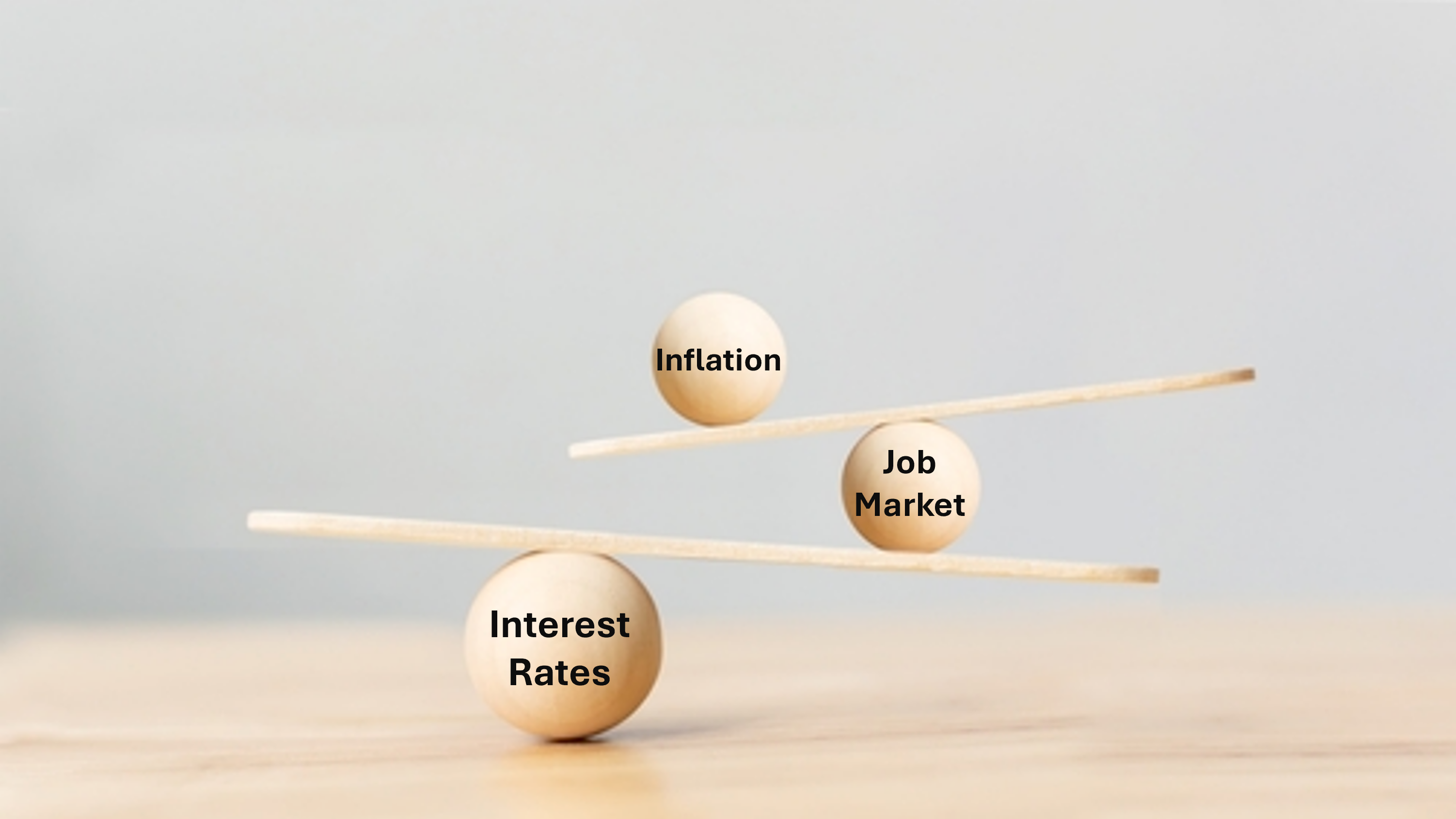This site uses cookies to provide you with a great user experience. By using BondbloX, you accept our use of cookies.
Bond Market News
2024: Dollar Bonds Clock Another Strong Year Led by HY
December 19, 2024

2024 has been a good year for bond investors, with over 60% of the dollar bonds within our universe ending higher. Of this, the High Yield (HY) space outperformed Investment Grade (IG) bonds – 80% of HY bonds ended in the green as compared to 65% of IG bonds that ended higher. Markets took a positive tone towards the Fed’s rate cutting stance, helping bonds tick higher. While the short-end of the Treasury curve witnessed a series of rate cuts, the long-end faced its own share of volatility. For instance, the 10Y Treasury yield saw a peak-to-trough range of 110bp, hitting a high of over 4.7% and a low of 3.6%.
The US economy stayed resilient overall with economic data ending the year on a mixed tone. The labor market saw a steady decline in the trend of jobs growth, continuing from the previous year as seen by the thee-month moving average of NFP.
US inflation, as evidenced by the CPI reading also trended lower, tending towards the 2%, albeit not hitting the target. However, the steady decrease in inflation and its expectations since the beginning of the year gave the Fed much needed confidence in cutting the Fed Funds Rate, so as to emerge out of a soft landing. The Fed cut for the first time, by 50bp in September, followed by two more 25bp rate cuts each in November and December respectively. Markets are now pricing-in just about one 25bp rate cut in 2025, going by the Fed Funds Futures even as the Fed dialed back its expectations to 50bp in rate cuts for 2025 (vs. 100bp in cuts in their September dot plots).
The Manufacturing and Services sectors moved in opposite directions, with the former continuing its contractionary phase while the latter saw an expansion overall.
In terms of overall performance by region, Asia ex-Japan HY outperformed all the other regions with an annual return of 15.6%. LatAm, with an annual return of 11.8% came in second, and US HY with returns of 8.9% came in third. Q3 stood out across all regions thanks to the Fed’s rate cuts and signs of a slow-down in the economy. Investment Grade bonds across the board underperformed, with annual returns of 3-4%.
Asia ex-Japan HY bonds, that include a chunk of property developers like Wanda, Longfor, GLP China, Shui On and others helped prop the index higher. Besides, reduced risk across issuers like Vedanta, Fosun helped add to the rally. Similarly, in the LatAm region, sovereigns like Argentina, El Salvador, Ecuador helped lead the index.
We have further analyzed the performance of European Bank AT1s, Sovereign Bonds and the Top Gainers and Losers in 2024. Click on the links below to access the reports.
Performance of European Bank AT1s
Performance of EM and Frontier Sovereign Dollar Bonds
Top Gainers and Losers in 2024
What Does 2025 Have in Store for Bond Markets?
Schroders – Many segments of the market, including US investment-grade and high-yield corporates, now trade at narrower spreads than at any time since the pandemic. This trend suggests that investors are becoming more confident and willing to invest in higher-risk assets…. EM corporates are entering 2025 from a strong position, having received more credit rating upgrades than downgrades for the first time in over a decade.
Vanguard – We expect core inflation to remain above 2% throughout 2025 due to “sticky” shelter and services inflation. The Federal Reserve will most likely adopt a cautious stance toward further monetary easing. Our baseline is that policy rates will decrease to 4% by the end of the year, but risks are skewed toward inflationary pressures reigniting. In 2025, we expect the easing cycle across emerging markets to both continue and broaden. But rates will remain in restrictive territory and thus continue to pin back growth.
Goldman Sachs – Our outlook for fixed income is favorable across different macroeconomic conditions—including scenarios of accelerating or contracting growth… If inflation expectations remain stable, high-quality core fixed income, such as sovereign bonds and investment-grade credit, could benefit. If growth risks dominate in a scenario of recession, this may favor a focus on sovereign bonds and reduced exposure to risk assets… Investment grade bonds stand out as an option for enhancing portfolio returns in 2025.
Charles Schwab – The Fed’s projections and the market’s expectations have diverged… Higher tariffs could lead to higher inflation… Tax cuts without spending cuts could boost inflation… If the federal funds rate hits a low of 3.75% to 4.0% in this cycle, which is what the market is currently discounting, then it wouldn’t be surprising to see 10-year yields near 5% at some point in 2025.
Morningstar Investment Management – A couple of themes… One is the move out of cash into longer-term fixed income.. appears to be a prudent trade for investors to make. Secondly is just to be prepared for some level of volatility. Certainly with the political regime changing, the Fed shifting gears and moving toward a cutting regime, a lot of unknown factors right now. So, it’s very likely we do see some surprises in 2025.
Disclaimer
The materials and information contained herein are solely for general information reference and educational purposes only, and not intended to constitute nor as a substitute for legal, commercial and/or financial advice from an independent licensed or qualified professional. The information, opinions and views expressed herein are not, and shall not constitute an offer or a recommendation to sell, a solicitation of an offer to buy or an offer to purchase any securities, nor should it be deemed to be an offer, or a solicitation of an offer, or a recommendation, to purchase or sell any investment product or service or engage in any investment strategy. Nothing herein has been tailored to the investment objectives or financial situation of any specific individual, are current only as of the date hereof and may be subject to change at any time without prior notice. No representation, warranty or claim whatsoever is made nor implied as to the accuracy or completeness of any material or information contained herein, nor we have no liability whatsoever for any error, inaccuracies or omissions. No reliance should be made on the materials or information herein for any investment decision, and we accept no liability whatsoever for any direct or indirect loss whatsoever which may arise from the use or reliance of any such material or information. The business of investing is a complicated matter that requires serious financial due diligence for each investment. No representation whatsoever on the suitability or otherwise of any securities, products, or services for any particular investor. Each investor is solely responsible for its own independent investment decision based on its personal investment objectives, financial circumstances and risk tolerance, and should seek its own independent legal, tax and other professional advice prior to any such decision.
The inclusion of any hyperlinks or external links should not be seen as an endorsement or recommendation of that website or the views expressed therein. We do not have any control over the content or actions of the websites we link to and will not be liable for anything that occurs in connection with the use of such websites.
All intellectual property rights, title and interest (including but not limited to copyrights, trademarks, patents and other proprietary rights) in and to these materials and the contents therein, shall remain the sole and exclusive ownership of and are fully reserved by Bondevalue Pte. Ltd.. No licence or rights whatsoever in or to these materials or their contents or any part thereof is granted or deemed to be granted to any recipient. No form of reproduction, dissemination, copying, disclosure, modification, distribution and/or publication of these materials or any part of its contents, shall be permitted.
Go back to Latest bond Market News
Related Posts:
Fed Survey Results Supportive of Funds Flow into Bonds
September 10, 2017

Fed Set to Raise Rates with Strong Jobs Report
December 9, 2017







